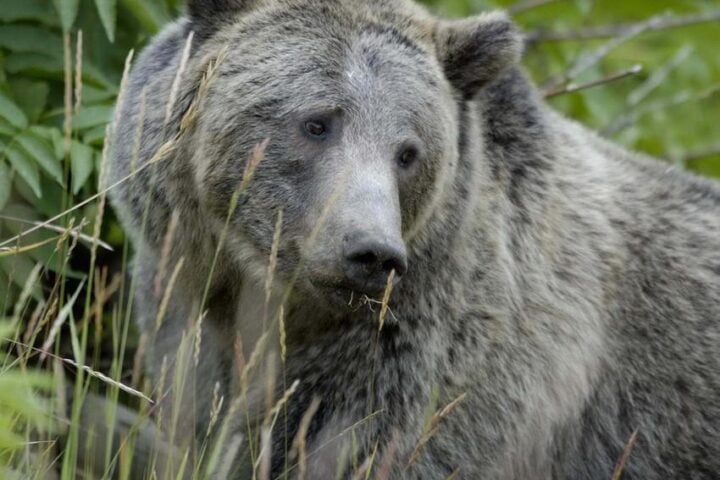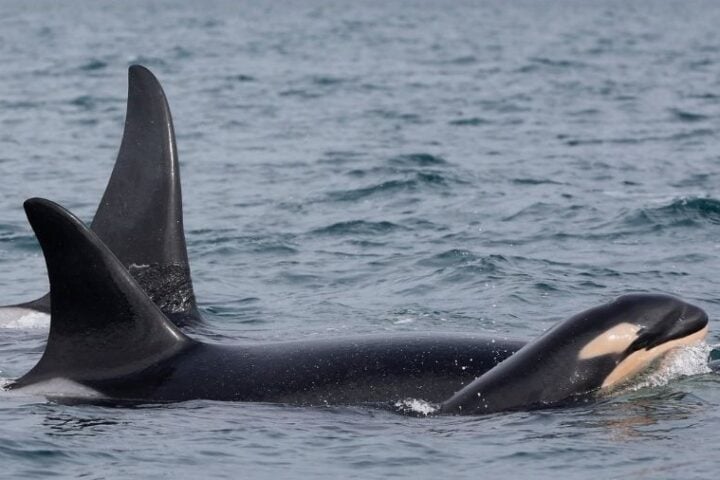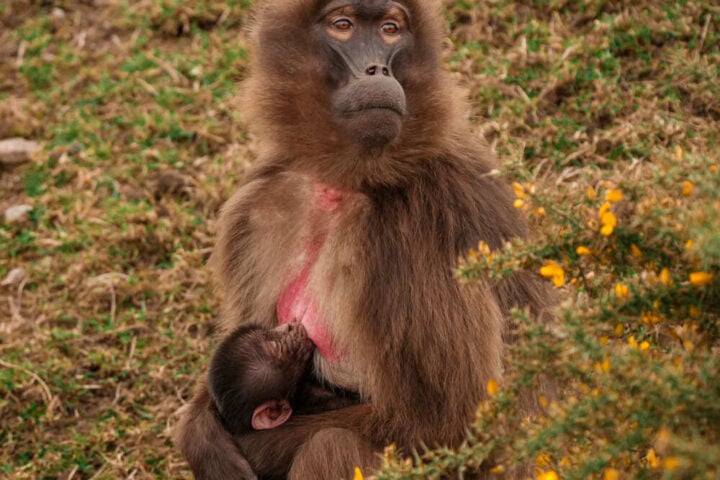The Trump administration has begun a process to redefine what constitutes “harm” to threatened and endangered species, potentially weakening habitat protections that have been crucial for wildlife conservation since the 1970s.
On Monday, the Interior Department sent a proposed rule to the Office of Information and Regulatory Affairs for review that could significantly change how the government protects endangered species’ habitats. The rule has not yet been made public.
“Weakening the definition of harm would cut the heart out of the Endangered Species Act and be a death sentence for plants and animals on the brink of extinction,” said Noah Greenwald, codirector of endangered species at the Center for Biological Diversity.
This move comes amid broader concerns about potential rollbacks to the Endangered Species Act (ESA), a cornerstone of U.S. conservation efforts since 1973. The ESA has played a critical role in conservation efforts for numerous species including iconic animals like the bald eagle, gray wolf, and California condor.
Similar Posts
The definition of “harm” is particularly critical because it currently includes “significant habitat modification or degradation.” Since habitat destruction is the primary cause of extinction, this definition has been vital for wildlife protection. The Supreme Court upheld this interpretation in 1995 in the case Babbitt v. Sweet Home.
Other potential ESA changes under consideration include limiting critical habitat designations, requiring economic impact assessments before listing species, and removing the “blanket rule” that automatically extends protections to threatened species.
Conservation groups worry these changes would prioritize economic interests over wildlife protection. Meanwhile, those who support weakening the ESA argue that its regulations hinder economic growth and job creation.
The timing aligns with ideas outlined in “Project 2025,” a conservative policy blueprint that includes proposals to reform environmental regulations.
Any significant changes to the ESA will likely face legal challenges from environmental organizations, with courts playing a decisive role in determining what modifications are permissible under the law.

Scientists warn that more than one million species worldwide are currently on track for extinction in the coming decades, highlighting the stakes of this regulatory battle.
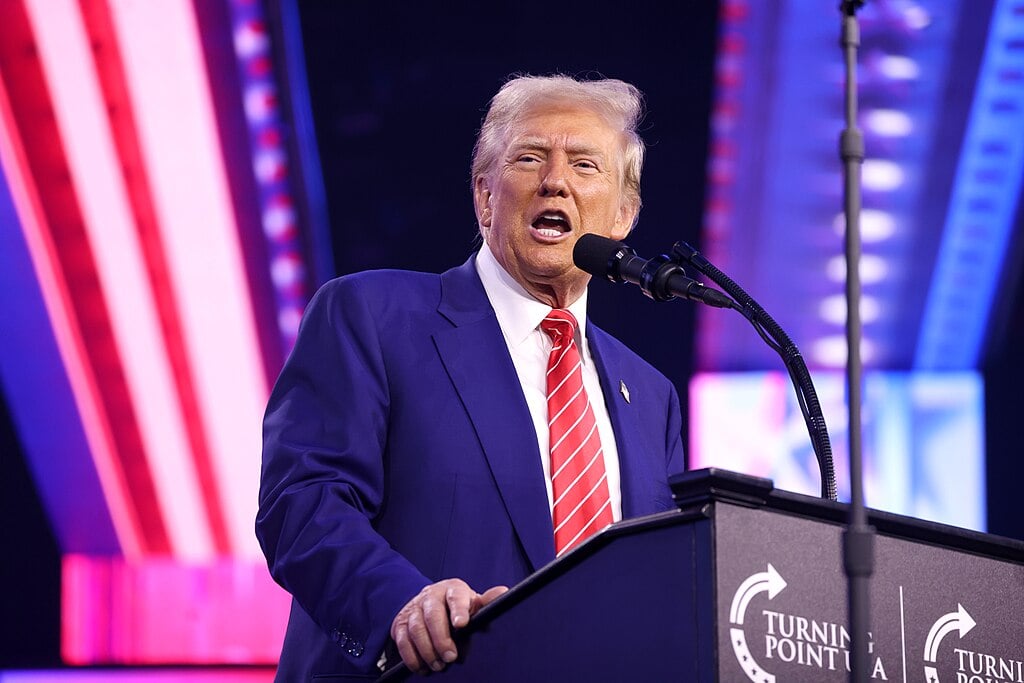
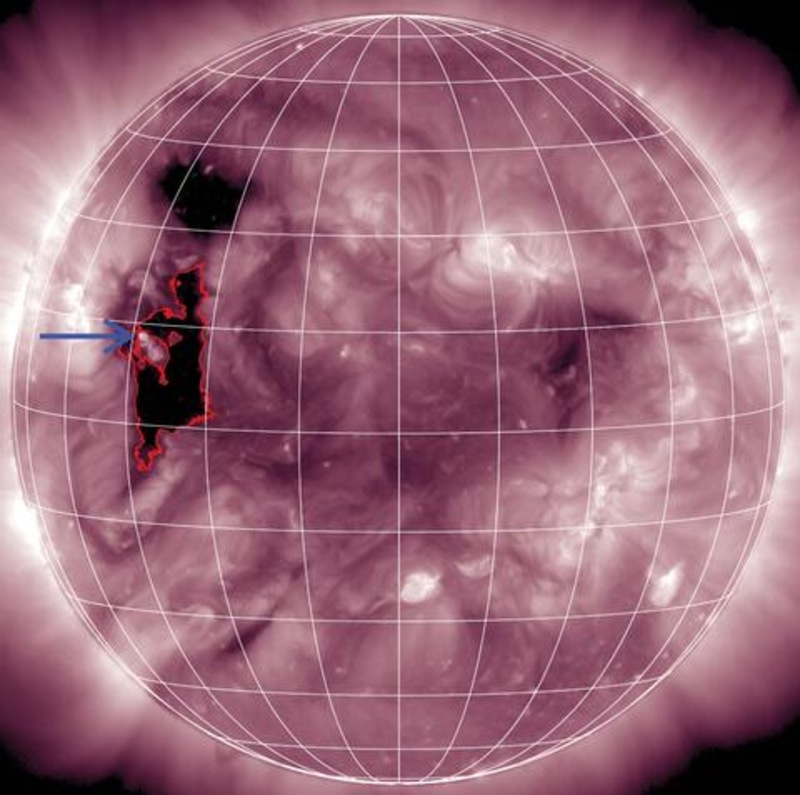




![Representative Image: European Starling [49/366]. Photo Source: Tim Sackton (CC BY-SA 2.0)](https://www.karmactive.com/wp-content/uploads/2025/04/Starlings-Drop-82-in-UK-Gardens-as-Birdwatch-2025-Reveals-Record-Low-Count-Since-1979-720x480.jpg)
